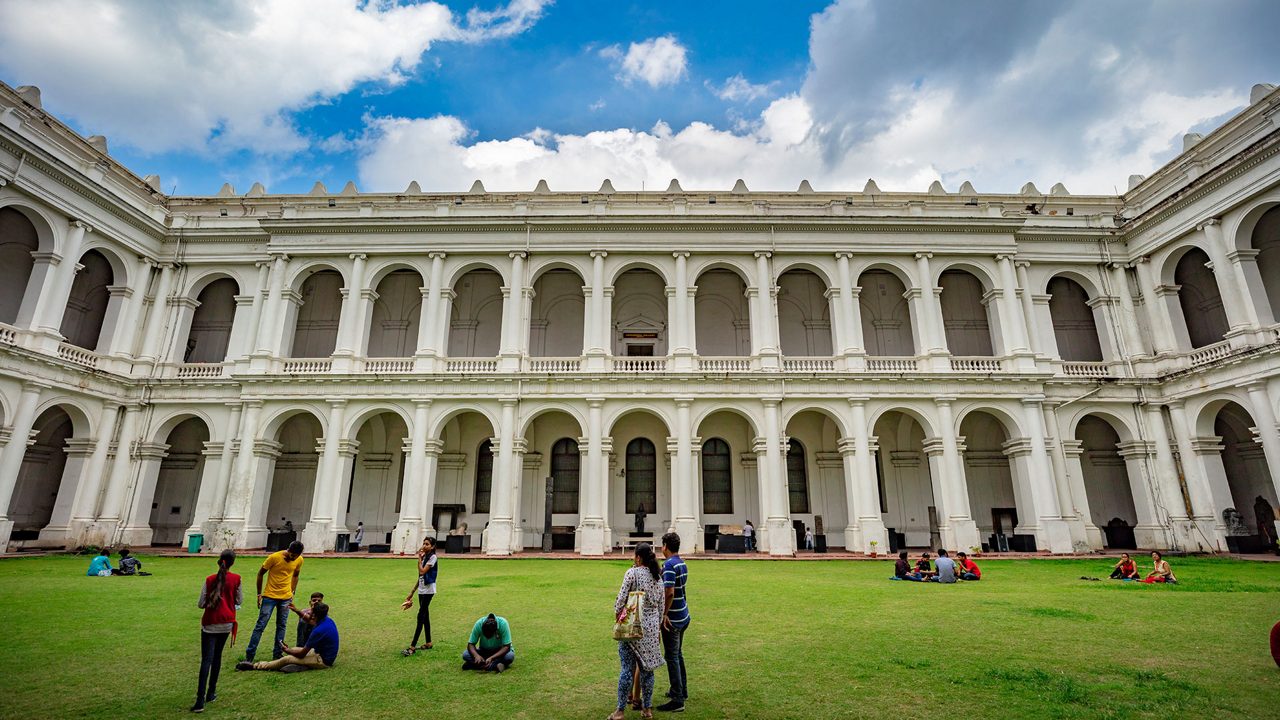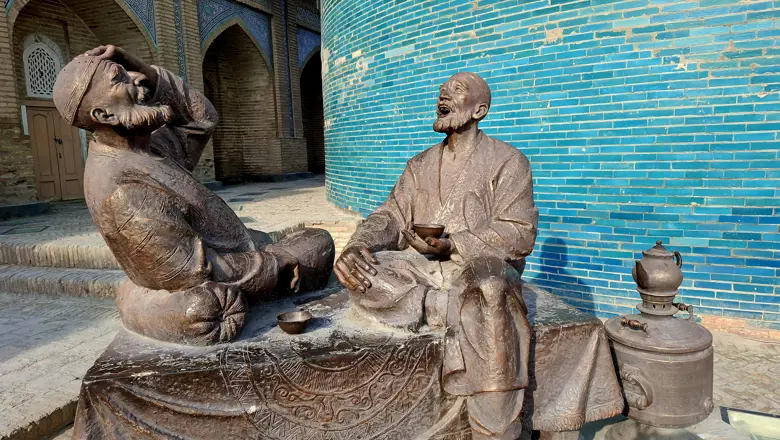
Menu

Wood and stone carving in Uzbekistan are more than decorative crafts—they are expressions of spiritual and cultural depth passed down through centuries. Seen most prominently in architectural elements such as mosque doors, madrasah columns, and palace gates, the art of carving has left an indelible mark on the Uzbek visual landscape.
In cities like Bukhara, Khiva, and Samarkand, artisans have transformed humble materials into intricate masterpieces. Floral arabesques, calligraphy, and geometric patterns are common, each carved by hand using traditional chisels and mallets. These motifs are not merely ornamental; they carry religious and philosophical symbolism rooted in Islamic and Central Asian traditions.
Wood carving often features on large entrance doors and ceilings, where artisans meticulously chisel walnut or elm wood into symmetrical, mesmerizing designs. Stone carving, meanwhile, adorns facades and mausoleums, particularly in the form of muqarnas (stalactite-like ornamentation) and inscriptions.
Today, carving remains a respected craft. Schools and workshops continue to train young artists, ensuring the survival of this ancient knowledge. Modern designers are also incorporating carved elements into furniture, home decor, and public art, creating a dialogue between past and present.
In Uzbekistan, carving is truly an art from stone to soul—a tangible connection between material beauty and cultural spirit.



